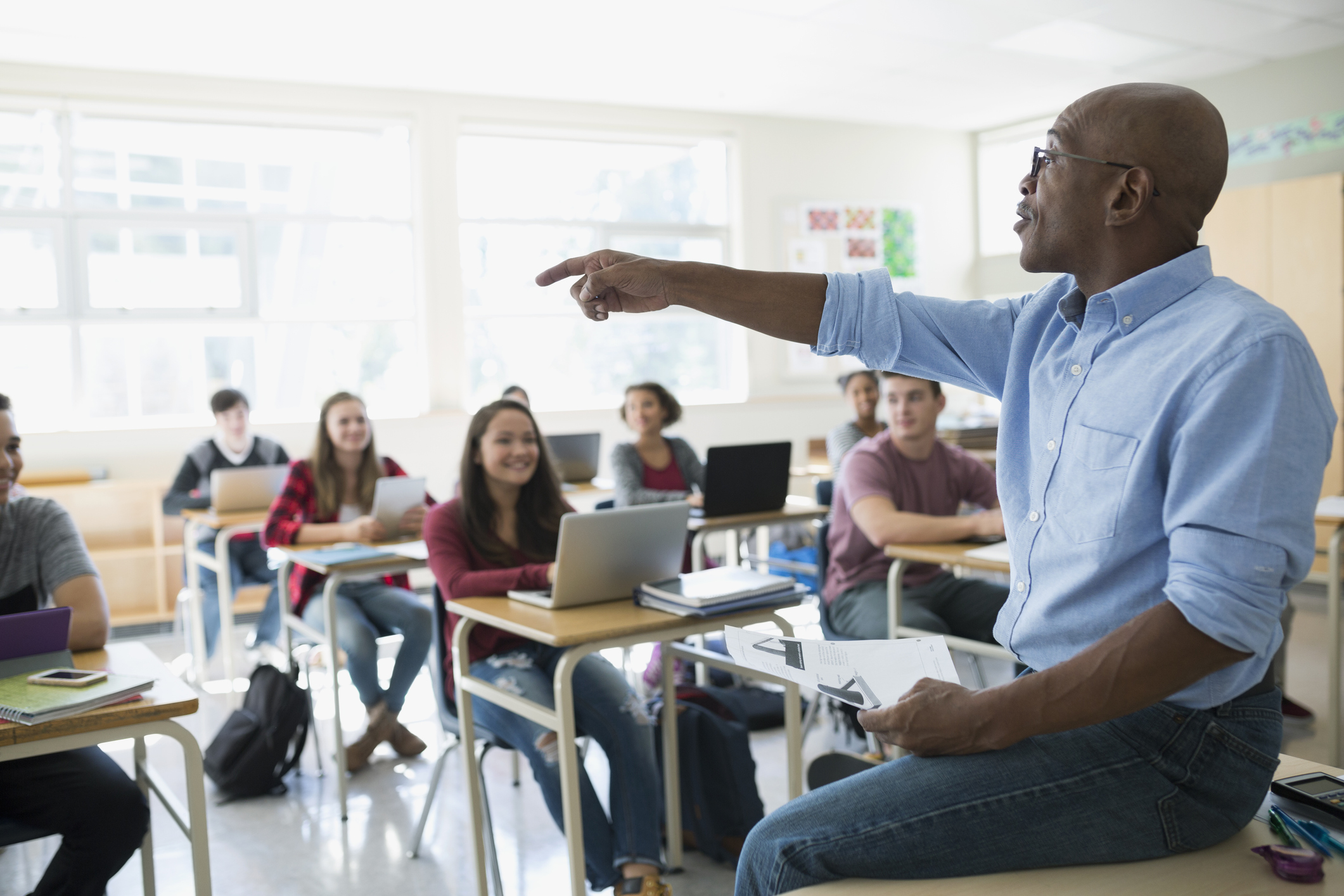Checking Out the Various Teaching Methods in Main Scientific Research Education Today
Inquiry-based knowing, hands-on experiments, and the integration of modern technology are redefining exactly how instructors engage young minds. In addition, collaborative approaches and separated instruction are being utilized to provide to the diverse requirements of students, improving both involvement and understanding.
Inquiry-Based Knowing
Inquiry-Based Understanding (IBL) is a pedagogical strategy that encourages pupils to check out scientific principles with questioning, examination, and hands-on trial and error. This method emphasizes the function of pupils as energetic individuals in their discovering, promoting essential reasoning and analytical skills. By involving with real-world questions, trainees become inspired and interested, which boosts their understanding of clinical concepts.
In IBL, teachers act as facilitators, guiding pupils as they navigate their questions as opposed to supplying information straight. This student-centered approach permits for distinction, suiting numerous learning styles and paces. Students develop skills in developing theories, making experiments, and analyzing data, which are important for clinical proficiency.
Furthermore, IBL fosters partnership among students, encouraging them to share ideas and searchings for. This collective inquiry advertises social abilities and a feeling of area within the class. The process of questions urges durability, as students learn to welcome failing as a tipping stone toward understanding.
Hands-On Experiments
Hands-on experiments are a vital part of reliable scientific research education, enhancing the principles of inquiry-based discovering. These experiments enable trainees to engage directly with scientific principles, cultivating a much deeper understanding through experiential learning. By controling products and observing outcomes, young students can understand abstract concepts in tangible means.
Such activities advertise essential thinking and analytic skills, as pupils hypothesize results, conduct experiments, and analyze results. This procedure encourages them to ask inquiries, refine their understanding, and develop a scientific state of mind. Furthermore, hands-on experiments can be tailored to varied knowing designs, making sure that all students have the chance to engage meaningfully with the web content.
Moreover, hands-on experiments often encourage partnership among peers, promoting synergy and communication skills. Operating in groups allows pupils to share concepts, go over findings, and discover from each other, which improves their total instructional experience.
Including hands-on experiments into the main scientific research educational program not only enhances the learning atmosphere but additionally cultivates a long-lasting interest in scientific research. By actively participating in their education and learning, students are more probable to develop a passion for scientific inquiry that extends past the class.

Modern Technology Integration
Incorporating modern technology into main scientific research education and learning has actually ended up being significantly essential in promoting trainee interaction and improving discovering results. Using digital tools, such as interactive simulations, virtual labs, and educational software, offers students with opportunities to explore scientific ideas in ingenious means. These sources assist in a much deeper understanding of complicated subjects by enabling learners to picture and adjust variables that would certainly be impractical in a standard class setting.
Additionally, innovation assimilation encourages personalized discovering experiences. Trainees can proceed at their own rate, taking another look at tough ideas with multimedia resources, which satisfy different knowing styles. This versatility not just supports individual development but likewise cultivates a feeling of autonomy in students.
Additionally, modern technology functions as a bridge to real-world science, attaching trainees with existing research study and expert contributions. Accessibility to clinical journals and on the internet data sources broadens trainees' perspectives on scientific questions and fosters vital assuming abilities.
Collaborative Learning
Collective learning plays a vital duty in main scientific research education by cultivating team effort and communication skills amongst trainees. This approach motivates learners to work with each other, share understanding, and participate in analytical, which improves their understanding of clinical principles. By taking part in team tasks, trainees discover to express their ideas, listen to varied viewpoints, and work out options, every one of which are vital abilities in both scholastic and real-world contexts.

Research study indicates that joint discovering can result in increased inspiration and engagement in science topics, as trainees locate pleasure in shared experiences (primary science tuition Singapore). In addition, this technique prepares students for future joint ventures, furnishing them with the skills needed for reliable teamwork in greater education and professional settings. Eventually, accepting joint learning in primary scientific research education and learning can dramatically enhance the discovering experience and advertise a much deeper understanding of scientific inquiry
Set Apart Instruction

Set apart guideline can materialize in different methods, such as varying the material, processes, or products of learning. For example, teachers might make use of tiered jobs that give differing degrees of intricacy, enabling trainees to work at their respective preparedness degrees. Additionally, flexible grouping strategies can facilitate cooperation this link among students with various capabilities, promoting peer learning.
Analysis plays a vital function in this approach, as it informs instruction and helps instructors recognize each pupil's unique requirements. Developmental assessments, such as observations and tests, can assist instructors in readjusting their approaches to improve discovering outcomes. primary science tuition Singapore. Eventually, by executing differentiated direction in primary science education and learning, teachers can grow a more fair and reliable knowing setting, empowering all trainees to reach their full possibility in understanding clinical phenomena
Final Thought
In recap, the diverse training methods in key science education and learning, including inquiry-based knowing, hands-on experiments, modern technology combination, This Site collaborative discovering, and separated guideline, jointly contribute to an extra effective learning setting. These methods promote essential thinking, analytic abilities, and a deeper understanding of clinical principles. By executing these techniques, teachers can develop engaging and encouraging classrooms that address the different demands of pupils, inevitably fostering a lifelong rate of interest in science and improving academic accomplishment.
Inquiry-Based Knowing (IBL) is a pedagogical approach that encourages students to explore scientific ideas via questioning, investigation, and hands-on testing.Collective understanding plays a vital role in primary scientific research education and learning by cultivating synergy and interaction skills among students.Study shows that joint knowing can lead to enhanced inspiration and interaction in science topics, as trainees locate pleasure in shared experiences.In cultivating an inclusive learning setting, differentiated guideline emerges as a key approach to fit the diverse requirements and abilities of pupils in primary scientific research education. Inevitably, by executing differentiated direction in primary scientific research education, teachers can grow a much more reliable and equitable discovering environment, equipping all pupils to reach their full possibility in comprehending image source clinical phenomena.
Comments on “Personalized Primary Science Tuition Singapore to Cater to Your Child’s Needs”